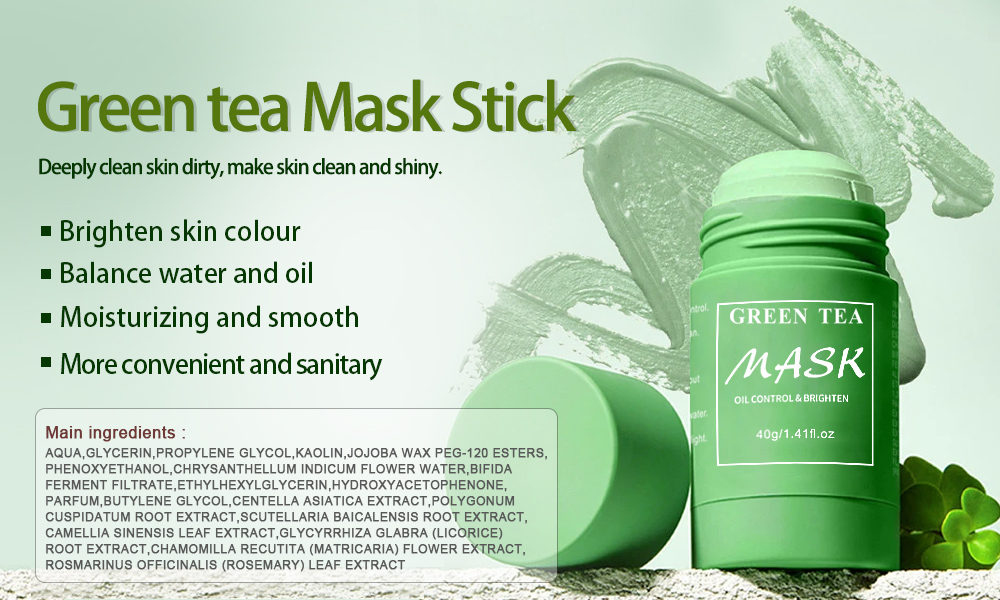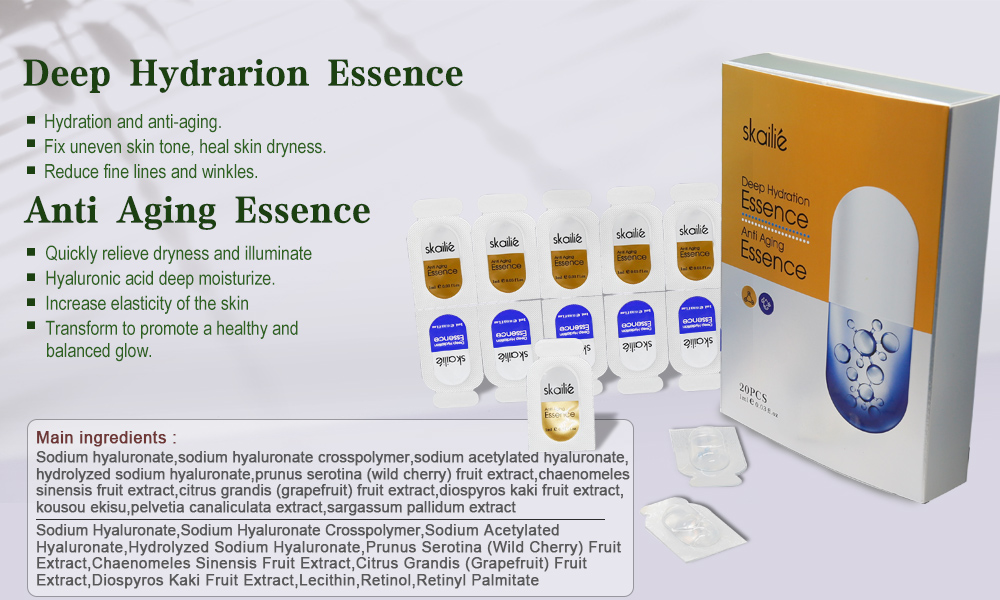How to build a daily skin care routine
No matter what your skin type is, a daily skin care routine can help you maintain overall skin health and improve specific concerns like acne, scarring, and dark spots. A daily skin care routine has four basic steps you can do once in the morning and once before you sleep.
1. Cleansing: Choose a cleanser that doesn’t leave your skin tight after washing. Clean your face no more than twice a day, or just once, if you have dry skin and don’t wear makeup. Avoid washing for that squeaky-clean feeling because that means your skin’s natural oils are gone. Cleansers known to work well for all skin types include Skaillie Clay Mask and Green Tea Mast Stick.

2. Serums: A serum with vitamin C or growth factors or peptides would be better in the morning, under sunscreen. At night, retinol or prescription retinoids work best. Skaillie Serum has an effective vitamin C and E serum and retinol available.

3. Moisturizer: Even oily skin needs moisturizer, but use one that is lightweight, gel-based, and non-comedogenic, or doesn’t block your pores, like Mayllinebe facial lotion. Dry skin may benefit from more cream-based moisturizers. Most brands will label their products as gel or cream on their packaging.
4. Sunscreen: Apply sunscreen with at least 30 SPF 15 minutes before heading outdoors, as it takes a while for sunscreen to activate. Darker skin tones actually need more sun protection because hyperpigmentation is harder to correct. Try Skaillie’s sunscreen, which offers broad-spectrum UVA/UVB protection.
Choose products that fit your skin type and sensitivity, and remember to read the labels. Some products, such as retinol or prescription retinoids, should only be applied at night.
Start with a basic and simple routine to see how your skin reacts. Once you’re comfortable, you can then add extra products such as exfoliants, masks, and spot treatments to boost your skin’s health.
And don’t forget to patch test new products, especially if you suspect you have sensitive skin. This can help you identify potential allergic reactions.
To patch test a new product:
Apply a small amount of product on your skin in a discreet area, such as the inside of your wrist or your inner arm.
Wait 48 hours to see if there’s a reaction.
Check the area at 96 hours after application to see if you have a delayed reaction.
An allergic reaction may include irritation, redness, small bumps, or itchiness. If you notice these symptoms, wash the area you tested with water and a gentle cleanser. Then return the product and try another that better suits your skin type.
No comments:
Post a Comment